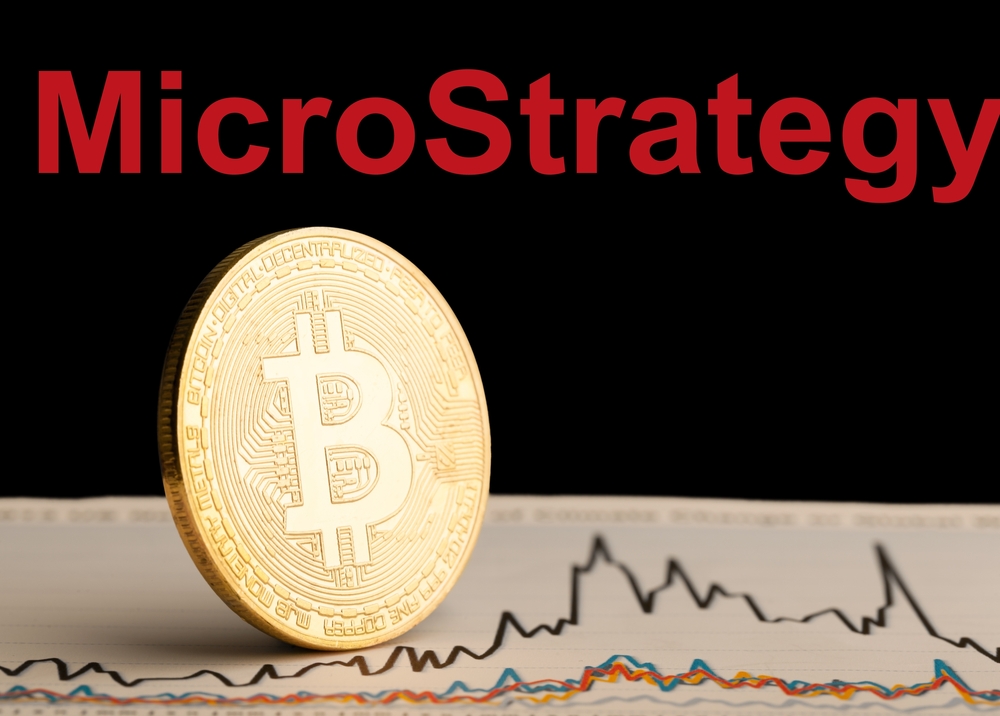The Stock to Flow model is an important tool in the world of economics and financial analysis, particularly when it comes to understanding the scarcity and value of assets such as Bitcoin and gold. The model measures the availability of an asset in relation to its production rate, providing insights into the asset’s long-term demand and potential value. By comparing the stock (total supply) to the flow (annual production), the model helps to estimate the level of scarcity and potential future value of these assets.
Bitcoin, a decentralized digital currency, has seen an increasing interest from investors and analysts alike, as its scarcity and potential as a store of value have drawn comparisons to gold. The Stock to Flow model has been utilized to analyze and predict Bitcoin’s value trajectory, as the cryptocurrency’s finite supply and diminishing rate of production make it a prime subject for this type of evaluation. Furthermore, Bitcoin’s inherent characteristics such as its decentralized nature and resistance to inflation have amplified its attractiveness for those seeking a robust and scarce investment asset.
Similarly, gold has long been considered a valuable and scarce resource, with its stock-to-flow ratio serving as an essential factor in its price determination. As gold has been a trusted store of value for centuries, observing the stock-to-flow model can aid investors in understanding how both Bitcoin and gold function in the context of scarcity and asset valuation while highlighting the potential advantages and risks associated with each investment option.
Table of Contents
ToggleWhat is Stock to Flow Model
Understanding Stock to Flow
The Stock to Flow Model (S2F) is an economic concept used to assess the scarcity and value of a commodity or asset. It is a measure of the existing stock of a commodity, such as gold or Bitcoin, relative to its flow or production rate. The basic premise of the model is that the higher the stock-to-flow ratio, the more scarce and valuable the asset is.
Stock, in this context, refers to the total supply of a commodity available in the market at a given time. Flow, on the other hand, represents the amount of new supply being added to the existing stock, typically measured annually. By comparing the stock and flow of an asset, we can gain a better understanding of its scarcity and potential future value.
Stock-to-Flow Ratio
The Stock-to-Flow Ratio (S2F) is calculated by dividing the current stock of a commodity by its annual flow, as shown below:
S2F Ratio = Stock / Flow
The higher the S2F ratio, the longer it would take to produce the current stock of that commodity, given the current production rate. This indicates a higher scarcity and, as a result, a higher potential value for the asset.
Some key points about the Stock-to-Flow Ratio:
- A higher S2F ratio indicates higher scarcity and potential value for the asset.
- The S2F model is primarily applicable to commodities with a finite supply, such as precious metals or cryptocurrencies.
- The model assumes that scarcity is one of the main drivers that determine the value of an asset.
For example, let’s consider gold and silver, two popular commodities with high S2F ratios:
| Commodity | Stock (in tons) | Annual Flow (in tons) | Stock-to-Flow Ratio |
|---|---|---|---|
| Gold | 185,000 | 2,700 | 68.5 |
| Silver | 535,000 | 27,000 | 19.8 |
As seen in the table above, gold has a higher S2F ratio compared to silver, indicating that it is more scarce and potentially more valuable. This is consistent with the current market perception of these two assets.
The Stock-to-Flow model has also been applied to cryptocurrencies, such as Bitcoin, due to its limited supply and predictable production rate through mining. The model has been used to analyze and project potential future price movements based on the asset’s scarcity.
In summary, the Stock to Flow Model is a useful economic tool for assessing the scarcity and potential value of commodities and assets with finite supplies.
The higher the stock-to-flow ratio, the greater the scarcity and potential value of the asset under consideration. While there are limitations and assumptions in the model, it remains a valuable method for understanding market dynamics and making informed investment decisions.
Stock to Flow Model and Bitcoin
S2F Model for Bitcoin
The Stock to Flow (S2F) model is a method of predicting the value of assets with a limited supply. In the context of Bitcoin, the S2F model can help gauge the potential future price of the cryptocurrency based on its scarcity. The model’s foundation is the principle that scarcity drives value, which can be calculated by dividing an asset’s current stock by its annual production flow.
For Bitcoin, the stock represents the total number of coins in circulation, and the flow refers to the rate of new bitcoins being produced. As a result, the S2F ratio for Bitcoin can be calculated as follows:
S2F ratio = (total bitcoins in circulation) / (annual production of new bitcoins)
According to the S2F model’s applicability to Bitcoin, scarcity increases as the S2F ratio increases, which can lead to a higher price. This is especially relevant for Bitcoin since its supply is hard-capped at 21 million coins, and the rate of production decreases over time.
Bitcoin Halving Events
A key factor influencing the S2F ratio for Bitcoin is halving events. Every 210,000 blocks, or roughly every four years, the reward for mining a new block is halved. This significantly reduces the rate at which new bitcoins are created and contributes to Bitcoin’s increasing scarcity – a phenomenon that can be quantified using the S2F model.
To illustrate the impact of halving events on the S2F ratio, consider the following table:
| Halving Event | Year | Block Reward | Annual Flow | S2F Ratio |
|---|---|---|---|---|
| Pre-halving | 2009 | 50 BTC | 2,628,000 | 0.48 |
| 1st Halving | 2012 | 25 BTC | 1,314,000 | 2.12 |
| 2nd Halving | 2016 | 12.5 BTC | 657,000 | 5.44 |
| 3rd Halving | 2020 | 6.25 BTC | 328,500 | 12.36 |
| 4th Halving | ~2024 | 3.125 BTC | 164,250 | ~34.76 |
Source: Bitcoin price forecast using quantitative models
As demonstrated above, each halving event results in a higher S2F ratio, indicating increased scarcity and therefore potentially greater attractiveness to investors. However, this model is not without its limitations, as it does not account for various factors such as market sentiment, geopolitical events, or technological advancements, which can also influence Bitcoin’s price.
In conclusion, the Stock to Flow model can provide valuable insights into Bitcoin’s scarcity and possible price trajectory, especially in the context of halving events. Although not infallible, the S2F model can still serve as a useful tool for investors seeking to understand the potential implications of Bitcoin’s limited supply on its market value.












